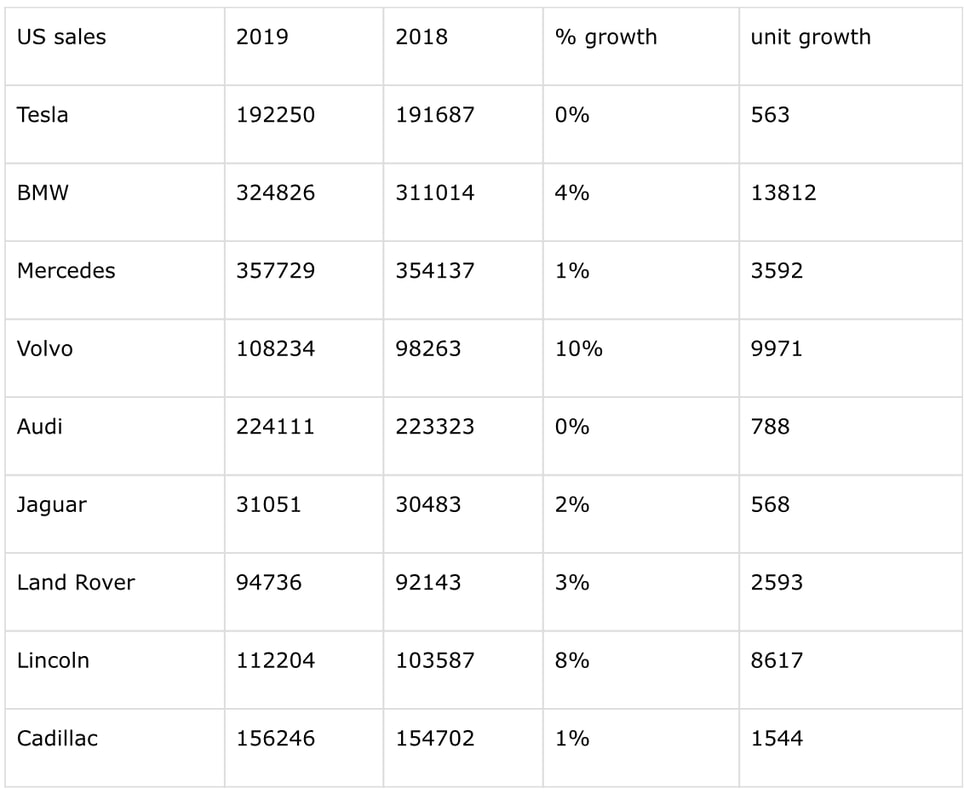Another way to describe that in the English language is to state that Tesla lost U.S. unit market share against these main competitors in 2019. Whoops.
So who were the winners in 2019? On a percentage basis, it was Volvo, followed by Lincoln (F). On an absolute unit number basis, it was BMW, followed by Volvo and then Lincoln. —Anton Wahlman, Seeking Alpha
Tesla is feverishly trying to keep the illusion of growth alive by opening in as many countries as they can, as fast as they can. I’ve seen this story played out multiple times and it never ends well. That’s because eventually you run out of new markets to open and are left with a big bill to pay.
When I was working with Amway, I helped them open in as many countries as fast as possible. Working at Gateway Computers I saw this play out in Europe and Asia-Pacific. When I was working with Cabela’s I witnessed the feverish rush to open new stores and try to expand into Canada.
And guess what hangover this growth party always brings? Bloated service and support costs that can’t be sustained by the company. That’s why every turnaround story always has to begin with closing down some or all of those newly opened markets.
So why do turnaround story’s require closing down new markets? Don’t companies in trouble need all the revenue they can get? No. Not all revenue is created equally.
The problem for growth companies is that opening new markets requires creating a service and support infrastructure for each country or region. If you can sell 50,000 additional cars per year in California that might not be a problem. But if you’re selling 5,000 cars per year in 10 different countries. Your service costs are going to explode. Suddenly, that “growth” company is paying 10x the SG&A.
And it’s not just SG&A. Cabela’s struggled with Canadian rules about requiring French labels which necessitated additional money sunk into inventory. Each market has their own particular rules that need to be followed and can add to the inventory carrying costs.
This is the situation that Tesla is heading to full steam ahead. They are incrementally increasing their revenue but signing up for huge additional cash outlays to keep those supply lines open.
But unsophisticated investors aren’t looking at whether Tesla is experiencing the equivalent of “same-store-sales”. They are buying Tesla shares because all of their favorite fan-sites are telling them that the growth is showing no signs of end.
Tesla’s organic growth is actually stagnant or downright shrinking in mature markets. Meanwhile the higher the stock goes, the more future profit Tesla has to deliver to keep the price from dropping. It’s two trends going in opposite directions. Buyer beware.



 RSS Feed
RSS Feed